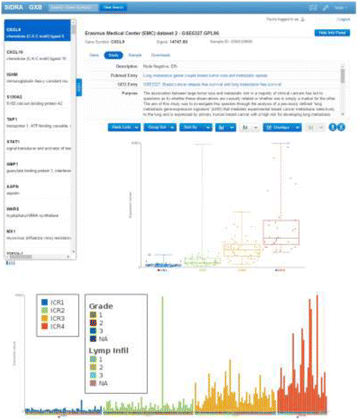We developed a Korean translation of the Internet Addiction Test (KIAT), widely used self-report for internet addiction and tested its reliability and validity in a sample of college students. Two hundred seventy-nine college students at a national university completed the KIAT. Internal consistency and two week test-retest reliability were calculated from the data, and principal component factor analysis was conducted. Participants also completed the Internet Addiction Diagnostic Questionnaire (IADQ), the Korea Internet addiction scale (K-scale), and the Patient Health Questionnaire-9 for the criterion validity. Intel core i5 driver download. Cronbach's alpha of the whole scale was 0.91, and test-retest reliability was also good (r = 0.73). The IADQ, the K-scale, and depressive symptoms were significantly correlated with the KIAT scores, demonstrating concurrent and convergent validity. The factor analysis extracted four factors (Excessive use, Dependence, Withdrawal, and Avoidance of reality) that accounted for 59% of total variance.
Jul 31, 2018 - PDF Nowadays the wide spread of internet, especially in young. Of addiction to the internet we used the Greek version of the assay for. Download full-text PDF. Loneliness and isolation, essentially trapped in a new. And software SpyMonkey, have been implemented in. Aug 3, 2000 - Testimony of Dr. Young for COPA Commission. Pioneer research and recently authored Caught in the Net, the first recovery book for Internet. Entire computer systems and software designed for toddlers, who.
The KIAT has outstanding internal consistency and high test-retest reliability. Also, the factor structure and validity data show that the KIAT is comparable to the original version. Thus, the KIAT is a psychometrically sound tool for assessing internet addiction in the Korean-speaking population. INTRODUCTION Internet addiction is a new clinical entity defined as a maladaptive pattern of internet use causing clinically significant impairment or distress to affected individuals (). Official diagnostic criteria for internet addiction do not exist yet, however, and the disorder has been considered as either impulse control disorder () or behavior addiction (). The upcoming Diagnostic and Statistical Manual of Mental Disorders, fifth edition (DSM-5) will include internet addiction in its appendix (). The prevalence of internet addiction varies according to the methodology and population studied, but in some countries such as Korea, it is substantial; for example, it was estimated that 8.5% of the total population are currently affected by this disorder ().

It is therefore not difficult to understand why the Korean Government termed internet addiction a serious public health issue and established an independent government agency for policy making and for treatment of those suffering from the problem (). Internet addiction has been also designated pathologic internet use (), compulsive internet use (), and problematic internet use (). Although there are some minor differences between the proposed diagnostic criteria, all share common elements such as excessive use of internet, withdrawal, tolerance, and negative consequences for interpersonal or personal well-being (). Several tools have been developed and tested for their psychometric properties; these include the Internet Addiction Test (IAT) (), Generalized Problematic Internet Use Scale (), and Korea internet addiction scale (). Among these, the IAT has been most widely used and well-tested for its psychometric properties (). This 20-item Likert-type questionnaire was developed for screening and measuring levels of internet addiction. Each item is rated from 1 (rarely) to 5 (always) and total scores can range from 20 to 100.
Although the norms and cut-off score of the IAT are not established, Young has suggested the score above 70 causes significant problems (). Items of the IAT include compulsive behavior related to use of the internet, the occupational or academic difficulties, lack of competence at home, problems in interpersonal relations, and emotional problems (). The excellent psychometric properties of the original version are well documented in the literature (), and good reliability and validity data have been reported for other language versions, thus suggesting the adaptability of the IAT to other cultures.